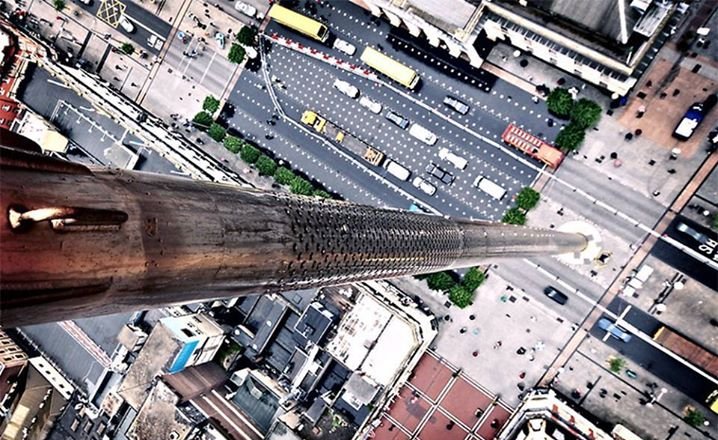
When the plans for the Spire were prepared at the end of the last century, they were met with much disapproval. Many thought the idea of a big needle occupying a place on O’Connell Street, among monuments such as Daniel O’Connell’s and Parnell’s was offensive and absurd. However, many Dublin residents also championed the idea behind the Spire; they felt that the Spire’s arrowing into the sky was symbolic of the new sense of achievement that Ireland had developed during her ‘Celtic Tiger’ years.
The Spire is a 120-foot-tall stainless steel needle-shaped structure now accepted by Dubliners and holidaymakers alike as a top tourist attraction and a return to base landmark that is visible throughout the city. I have often used it myself as a pre-arranged meeting place when meeting friends. It is a good place to tell the kids to go to if they become lost in the city, or unintentionally separated from you.

The Spire was completed in 2003, by British architect Ian Ritchie at a total cost of 3 million Euros to Dublin City Council. However, the outlay did not end there. During its design phase it was said that the construction would be self-cleaning, as it would use rain water to drain off any dirt. However, the reality has been very different, with cleaning costs of 2.1 million Euros amassed between its construction in 2003 and 2012. This news came as a great embarrassment to the council at a time when social housing funds were being cut back and Ireland was facing a fourth year of austerity.
The Spire and the site that it occupies has, for years, been the source of a great controversy and argument, however one thing is very clear: the spire is one monument that holidaymakers in Dublin will not forget.